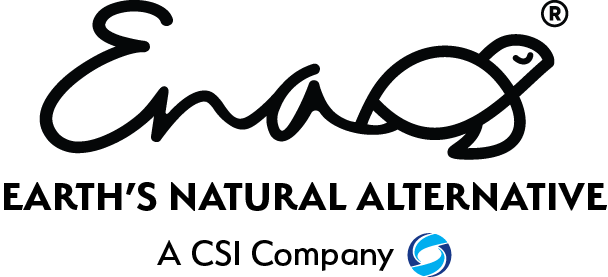Animal Farming
A recent call to action signed by over 11,000 scientists speak of a ‘Climate Emergency’. They say that climate change is occurring at a faster rate than previously expected. They offer six steps - use energy efficient methods, restore ecosystems, shift from GDP growth to sustaining ecosystems, stabilize the world population, reduce emissions such as methane, and reduce the consumption of animal products. If we alter the current methods of animal farming it could help three of the six steps by reducing the consumption of animal products, reducing emissions and restoring ecosystems.
Current animal farming methods are largely done in mass quantities to allow for the maximum output of meat and dairy products produced. These methods are not only harmful for the animals themselves, but also are harmful for the climate. Typical large scale animal farming house the animals in small enclosures where they are unable to have the ability to move around. Some of these enclosures are so small that the animals do not have a place to lay down without laying in their own excrement. This means that most if not all of these animals are put on antibiotics to prevent disease.
Other factories dispose of animal waste (excrement, urine, etc.) by throwing it in pools that become a large contributor to the methane gas released into the atmosphere. These pools have been known to leak into nearby streams and rivers polluting drinking water and freshwater, destroying ecosystems.
Small scale farming can help to reduce the amount of methane produced. Moving back to sustainable farming techniques, such as livestock rotation, supports the reduction of methane emissions and helps to sustain ecosystems by converting land back to greenery. Livestock rotation is a technique where cattle will graze on a particular plot of land while another plot of land is off limits to the cattle. Every once in awhile the cattle will swap to the empty plot of land to help fertilizing the grasses while at the same time being supplied with food.
As individuals we have the choice to purchase meat and dairy from whichever farm we choose. However, it can be a challenge to find sustainable farms to trust. According to food advocates there are three labels to look for when purchasing meat or dairy to make sure you are not only getting the best quality of meat and dairy but also the most sustainable.
USDA Organic
Grass Fed
Certified Humane
Steps to take as an Individual
Shop at local farms or purchase meat and dairy that you know to be organic and sustainable.
Eat less meat and dairy weekly or even daily .
Consider subbing a few meals a week for vegetarian/vegan meals.
Ask your local politician(s) to push harder on emissions taxes for large animal farms making them responsible for any harm they might do to the environment.


